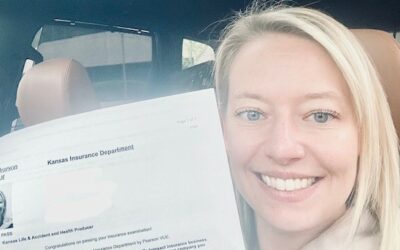Since the Affordable Care Act was implemented in 2011, small and mid-size employers have been trying to find creative ways to contain costs, sidestep certain ACA requirements and take control of their employee benefits. For many, the solution is self-funding.
But self-funding also means purchasing stop-loss insurance, which may include deductible limits and premium rates that are far too onerous for some small and mid-size businesses.
Enter captives.
A benefits captive is comprised of a group of employers that unite to insure the medical risks of its participant organizations. A captive pools self-funded employers together to save on stop-loss insurance. Employers share risk on stop-loss insurance, which could cut claim minimums by half — from $50,000, which would be out of reach for many employers, to a much more manageable $25,000, for example. Individual employers take on risk below the minimum, and then transfer risk to the captive above that amount.

Sharing risk is attractive to employers. However, this only makes sense if each member of the captive is working equally hard to mitigate risk and keep claims low. There are a few ways to do this.
Employers in captives often share common traits with one another. They may be in the same or similar industries. A captive for private schools, for example, makes more sense from a risk-sharing perspective than a captive that would include a mix of private schools and manufacturing facilities.
Members of a captive may also be like-minded when it comes to plan design, wellness programs and healthcare management. For example, employers in a captive may need to meet certain requirements for health and wellness programs, such as biometric testing, routine physicals and other health screenings. They may also require thorough disease management programs to be in place to help employees manage chronic health issues and keep costs down.
This ensures that the employers in the captive are all working toward the goal of containing costs and is a clear advantage over being in a fully insured pool with other employers who may not share the philosophy on health and wellness, which will drive up rates.
The risks of benefit captives
Though the goal of a captive is to create an environment with visibility into the plan, the opportunity to contain costs and the flexibility to pay claims as they come in, there are some risks, too.
The primary risk is not specific to captives, but to self-funding. Paying claims as they come in saves money if claims are low, but a higher-than-expected claim can be a shock to the system. Beyond being prepared for this arrangement, there are some risks specific to captives. One is financial complexity: Employers must put up collateral for the “shared risk corridor”— the area between the low stop-loss minimum and maximum — as well as third party administrator fees associated with running the captive. If the shared risk corridor runs a deficit, the participating employers must pay an assessment to the captive to cover the costs.
The rewards await
Overcoming the complexity and ensuring you’re right for a captive can pay off. One captive for private schools has seen single-digit increases of 6% to 7%, compared to the market trends of 10% to 12%.
Captive members also pay lower premium taxes, avoid healthcare reform fees and pay lower carrier fees. They also have more flexibility in plan design and don’t have to worry about state-mandated benefits.
Captives have become a good option for small and growing businesses that want to contain health insurance costs. The ideal company is between 50 and 200 lives, financially stable with a strategy for health risk management and wellness. The right company is also willing to commit and take a long-term view of a captive — many arrangements require a three-year commitment.
Captives aren’t right for everyone, but they are a good option for an established company willing to weed through the complexity and take the long view of benefits in order to contain costs.
By Jeff Miller, SourceMedia, One State Street Plaza, 27th Floor, New York, NY 10004




